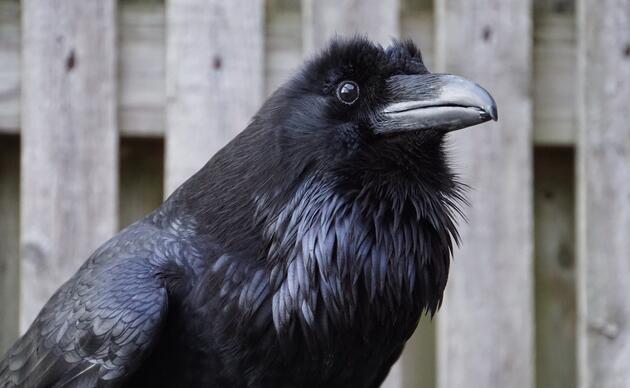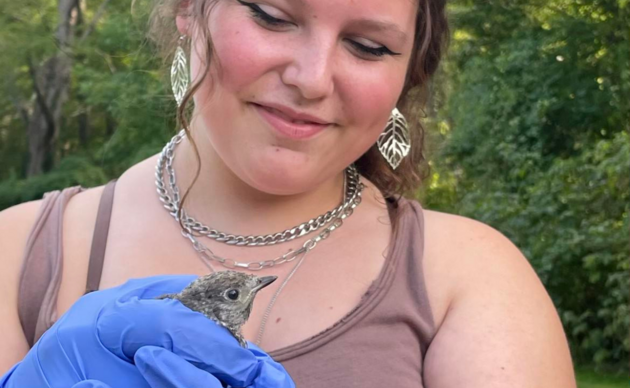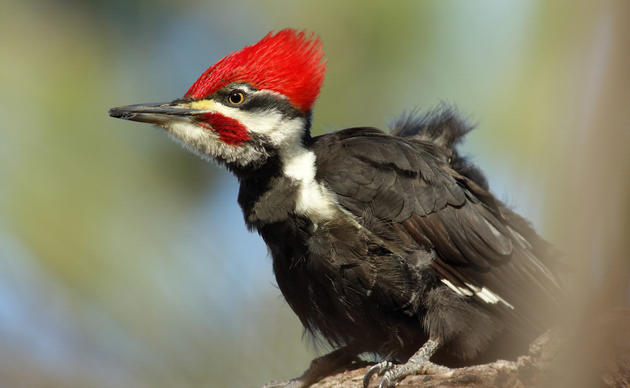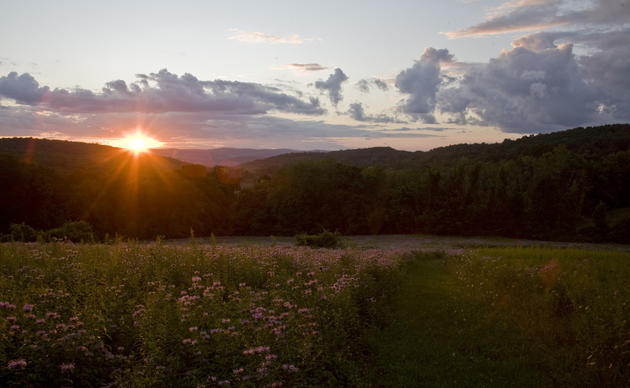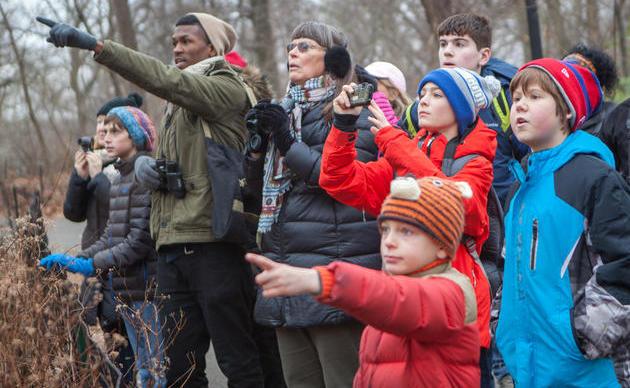Brought to Sharon Audubon Center: August 2009
History: Although it is not exactly known what caused Cliff’s injuries, most likely he was hit by a car. He was found in the city of Hartford, Connecticut with a severely broken left wing. After trips to the veterinarian for x-rays and care, it was understood that the wing was too badly broken to be fixed, even with surgery. This injury has left Cliff with very limited flight. Unfortunately, he will never be able to fly at the incredible speeds that Peregrine Falcons are known for. Cliff has made a great addition to the raptor programs at the center and even had his own custom aviary built complete with a mock cliff-face. He wows the audience with his presence and beauty each time he acts as an animal ambassador.
Peregrine Falcon (Falco peregrinus)
Did you know? The Peregrine Falcon is probably best known for its spectacular method of capturing its prey in mid-air. Known as “stooping,” they fly up to heights of 3,000 feet, tuck in their wings, and dive. The peregrine is the fastest moving creature on earth reaching horizontal cruising speeds of 40 - 55 mph and not exceeding speeds of 65 - 68 mph. When stooping, the peregrine flies at much greater speeds, varying from 99 - 273 mph.
Description: The Peregrine Falcon has black feathers on its head, almost in the pattern of a helmet, with dark feathers around its beak that look kind of like a dark mustache. The feathers on its back are dark, with a bluish cast. The tips of the falcon's wings are very sharply "pointed," making a striking and unique silhouette during flight.
Call: The alarm call is a loud series of harsh "kak, kak, kak’s."
Range: The Peregrine’s name literally means “falcon wanderer,” referring to the migratory nature of northern populations. The breeding range includes the Arctic tundra south to the tropic regions. The Peregrine is the one of the most widespread of the raptors.
Habitat: Peregrine Falcons will breed in areas with high cliffs and prefer open space to hunt. These birds have taken up residence in cities, nesting on the skyscrapers free from predators, and feed on the surplus of pigeons.
Diet: The bulk of the Peregrine’s diet consists of medium-sized birds, which includes waterfowl, ground birds, doves, and pigeons. Rarely they will hunt small rodents, reptiles, and insects.
How you can help, right now
Learn & Explore
Where birds thrive, people prosper. Help us transform local communities into places where birds flourish. Learn what you can do to nurture wildlife, nature, and conservation in Connecticut.
Support Our Work
Through land stewardship, science, education, and advocacy, we work to preserve habitat and protect bird species that are of state, national, and global concern. Your gift makes a difference.
Join Our Family
When you become a member of Sharon Audubon Center, you are protecting critical woodlands and a natural heritage for generations to come. Help us do great things.

